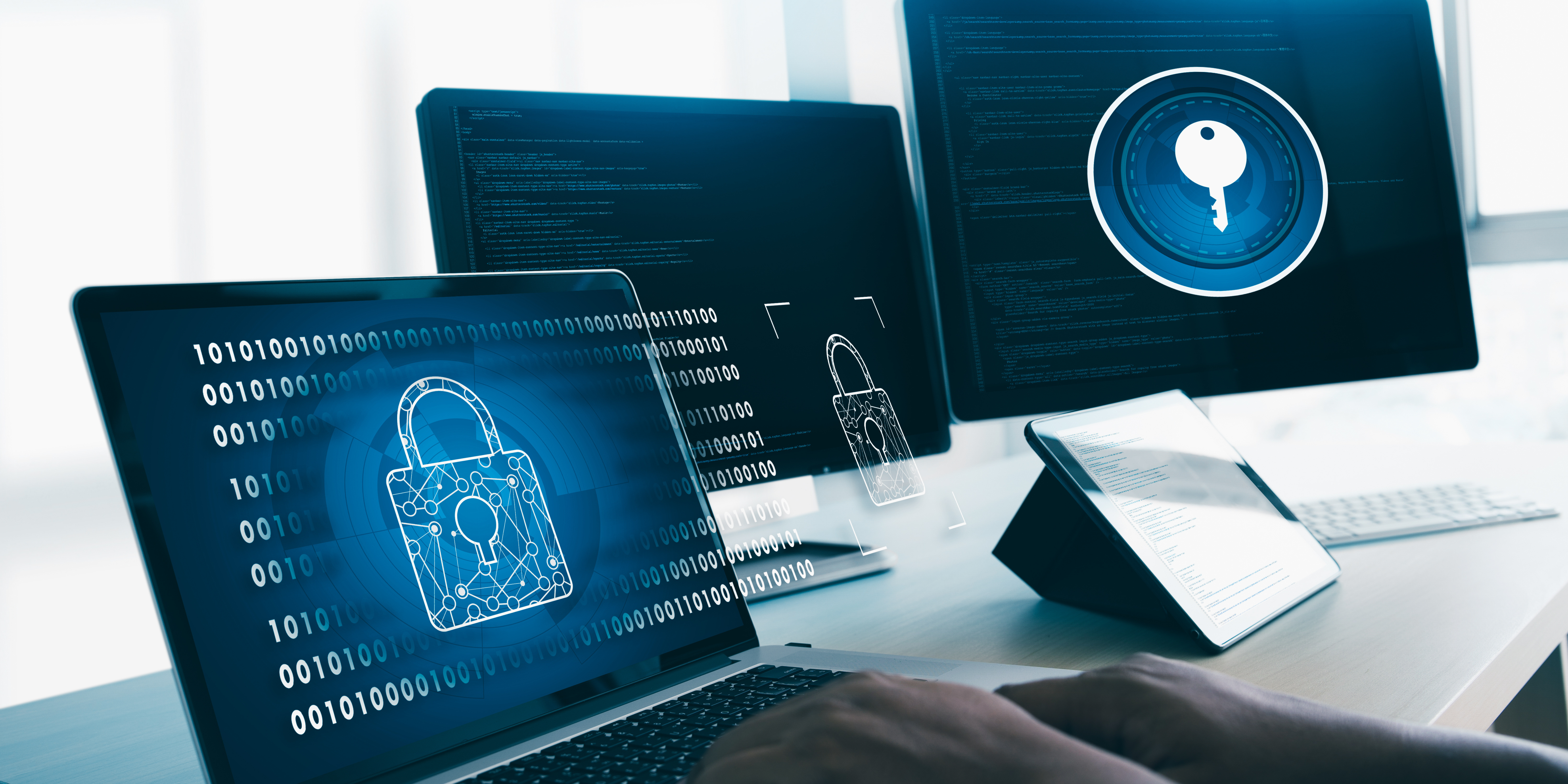In today's digital landscape, the security of sensitive information is paramount, especially for organizations working with the U.S. Department of Defense (DoD). The Cybersecurity Maturity Model Certification (CMMC) is a unified standard designed to ensure that DoD contractors adhere to stringent cybersecurity practices. CMMC comprises multiple levels, each progressively building on the previous one to enhance an organization's cybersecurity posture. The framework is essential not only for protecting national security but also for maintaining trust and integrity within the defense supply chain.
One critical aspect of achieving compliance with CMMC is implementing Multi-Factor Authentication (MFA). MFA is a security measure that requires users to verify their identity through multiple forms of evidence before gaining access to a system. Typically, this involves something the user knows (like a password), something the user has (such as a smartphone or hardware token), and sometimes something the user is (like a fingerprint or facial recognition). By adding these layers of security, MFA significantly reduces the risk of unauthorized access, which is crucial for protecting sensitive defense information from cyber threats.
Integrating CMMC and MFA not only helps organizations meet regulatory requirements but also fosters a culture of cybersecurity awareness and resilience. As cyber threats continue to evolve, it's imperative for DoD contractors to stay ahead of potential vulnerabilities. Implementing these robust security measures demonstrates a commitment to safeguarding critical data, ultimately contributing to a more secure and resilient defense ecosystem. By prioritizing CMMC compliance and adopting MFA, organizations can better protect themselves and their partners from the ever-increasing threat of cyberattacks.


